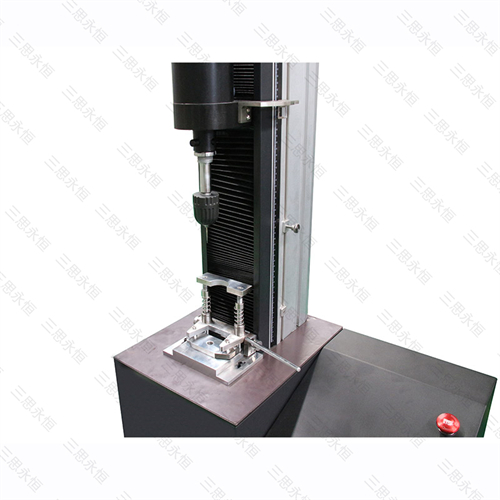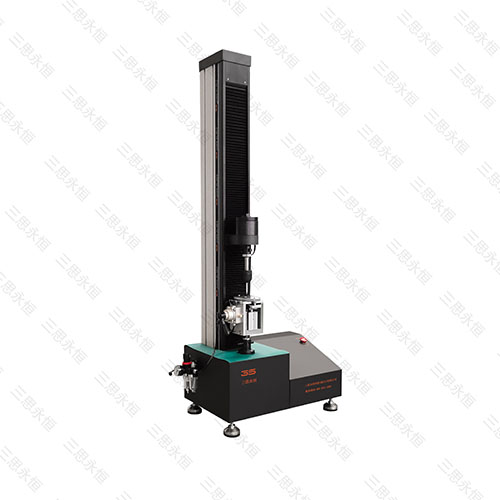Device Name:CMT2103M microcomputer controlled lithium battery separator testing machine
Main functions of the device:
Mainly used for the testing and analysis of mechanical properties such as tension, compression, bending, puncture, peeling, and tearing of metal and non-metal materials. It has three closed-loop control methods of stress, strain, and displacement, and can calculate parameters such as maximum force, tensile strength, bending strength, compressive strength, elastic modulus, fracture elongation, and yield strength.
Conduct tests and provide testing data in accordance with international standards such as GB, ISO, JIS, ASTM, DIN, etc.
The standards that this device meets:
Testing Machine Standard: GB/T 16491-2022 Electronic Universal Testing Machine
Metrological verification standard: JJG475-2008
Satisfied test method standards: GB/T 1040-2006, GB/T 1041-1992, GB/T 1042-1992, ASTMD3763-10, NASATM2010-216099, GB/T21302-2016 "General Rules for Composite Films and Bags for Packaging", GB/T 1040.3-2006 "Testing of Plastic Tensile Properties", ASTMD882-10, etc
Lithium battery separator test instructions:
The mixed puncture strength test refers to the force exerted on the diaphragm when the electrode mixture punctures the diaphragm and causes a short circuit. The method can refer to NASATM2010-216099 "Battery Separation Characteristics and Evaluation Procedures for NASA's Advanced Lithium ion Batteries" or GB/T21302-2016 "General Rules for Composite Membranes and Bags for Packaging". The mixed puncture strength is generally used to evaluate the probability of short circuit in batteries. Due to the contact between the separator of lithium-ion batteries and the rough surface of the positive and negative electrodes, the electrode surface may puncture the separator during the assembly and use of the battery. Therefore, the mixed puncture strength is a dynamic indicator parameter relative to the puncture strength.
Test method for puncture strength of lithium battery separator: Install a test piece with a diameter of 100mm on the sample film fixing clip, and then use a steel needle with a diameter of 1.0mm and a radius of 0.5mm at the top of the diameter to puncture at a speed of (50 ± 5) mm/min, and read the load of the steel needle penetrating the test piece. Take the arithmetic mean of 5 or more test pieces. |
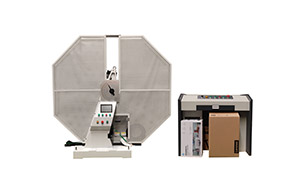 Pendulum impact testing machine
Pendulum impact testing machine Plastic specific testing machine
Plastic specific testing machine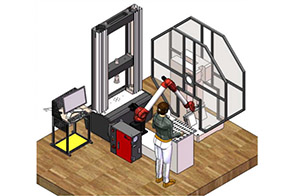 Automated testing plan
Automated testing plan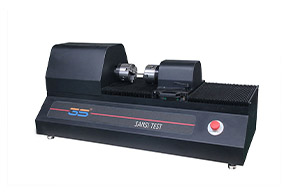 torsion testing machine
torsion testing machine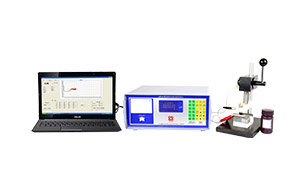 Coulomb thickness gauge
Coulomb thickness gauge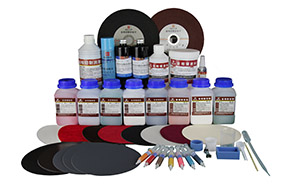 Metallographic auxiliary consumables
Metallographic auxiliary consumables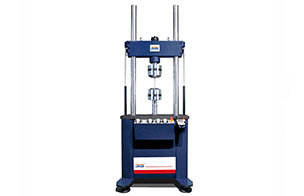 Dynamic fatigue testing machine
Dynamic fatigue testing machine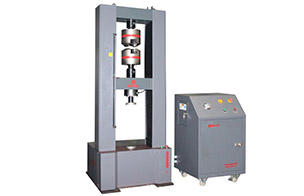 Electronic universal testing machine
Electronic universal testing machine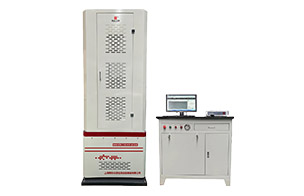 Electro hydraulic servo universal testing machine
Electro hydraulic servo universal testing machine Horizontal tensile testing machine
Horizontal tensile testing machine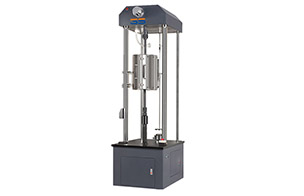 High temperature creep endurance testing machine
High temperature creep endurance testing machine Xinbiao
Xinbiao



























